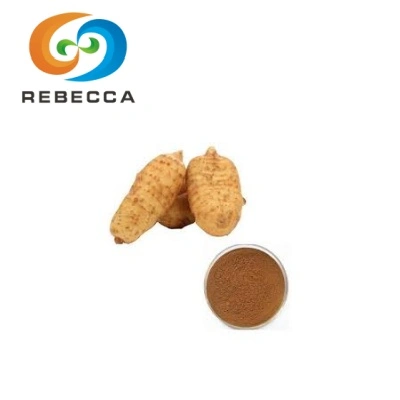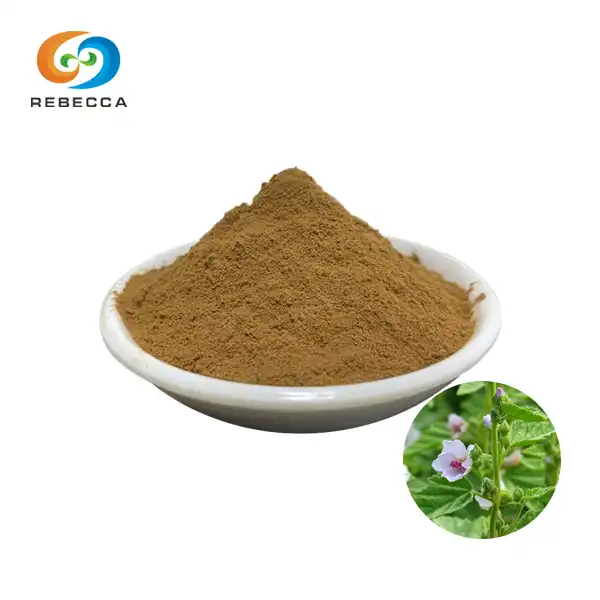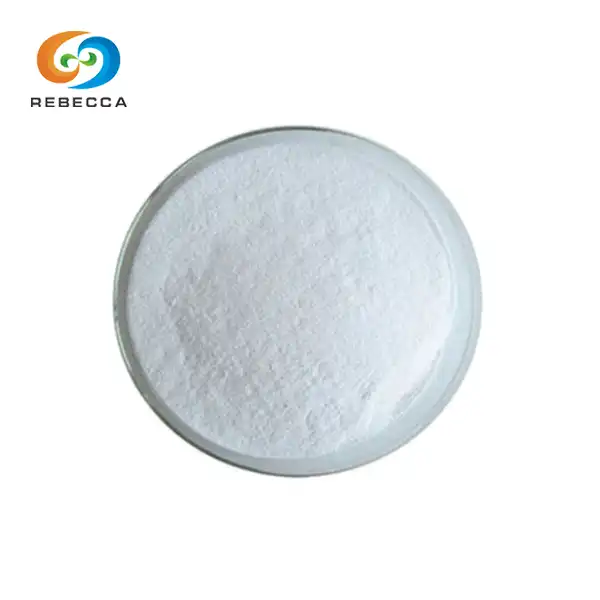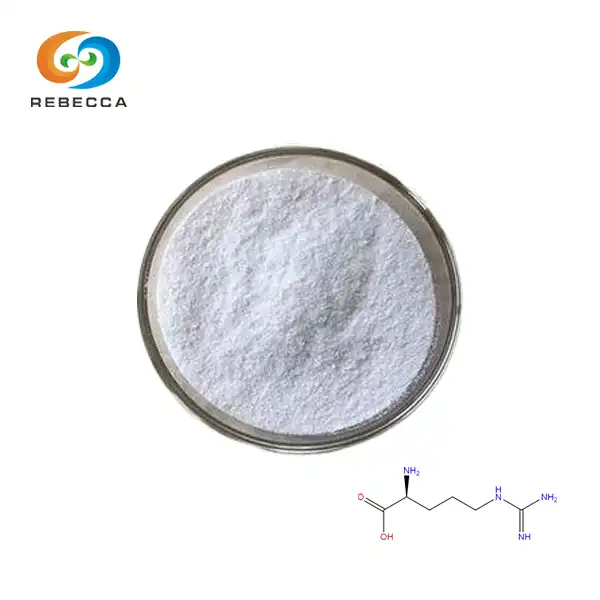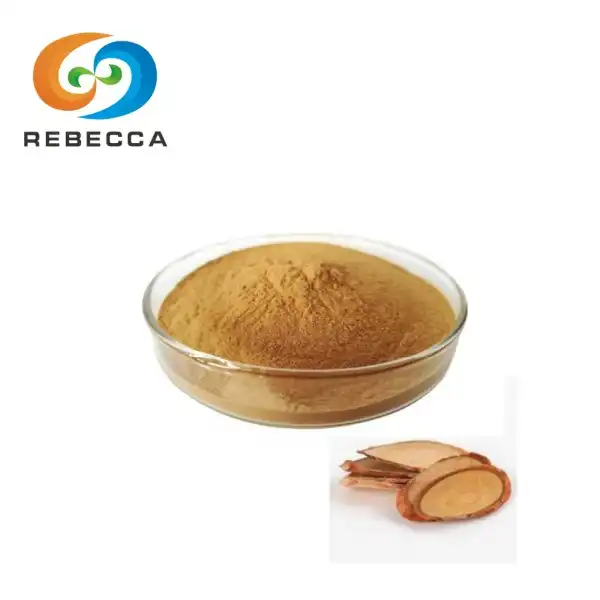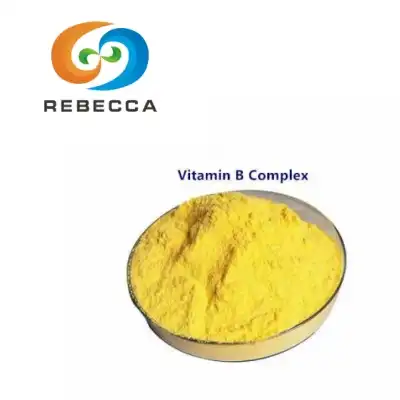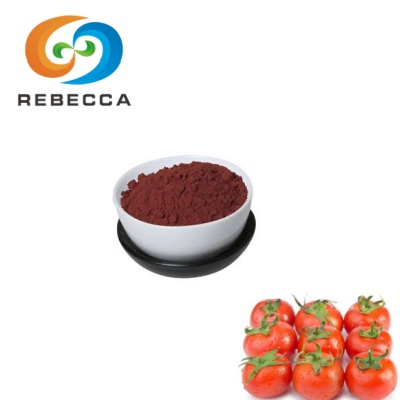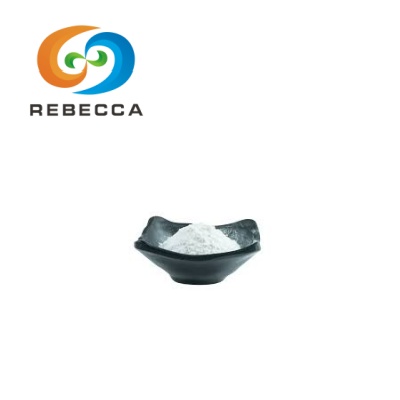Is Curcumin The Same As Cumin?
In the world of culinary arts and natural health, two terms are often confused due to their similar spelling and pronunciation: curcumin and cumin. Despite their phonetic similarity, these two substances are distinctly different in their origin, properties, and uses. This article aims to clear up any misconceptions and provide a comprehensive understanding of both of them, exploring their unique characteristics and applications.
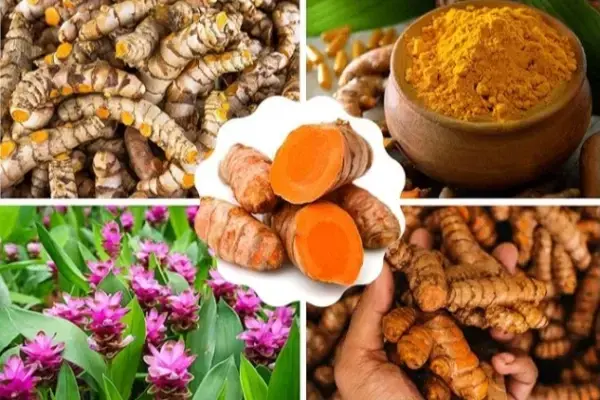
Source
To understand the essential differences between curcumin powder and cumin, we must first consider their origins. These two substances come from entirely different plants and have distinct botanical backgrounds.
Turmeric, a bright yellow spice that has been used for centuries in cooking and traditional medicine, contains the natural compound curcumin powder, derived from the root of the Curcuma longa plant, which belongs to the ginger family (Zingiberaceae).
The process of obtaining powder involves harvesting the rhizomes (underground stems) of the Curcuma longa plant, which are then cleaned, boiled, dried, and ground into the familiar yellow powder we know as turmeric.
Curcumin is the major curcuminoid found in turmeric, comprising around 2-5% of the spice's makeup. It's responsible for turmeric's vibrant yellow color and many of its health benefits.
On the other hand, cumin comes from an entirely different botanical source. It is derived from the seeds of the Cuminum cyminum plant, which is a flowering plant in the Apiaceae family. This family also includes other well-known herbs and spices such as parsley, dill, and fennel. The Cuminum cyminum plant is native to the Mediterranean region and Southwest Asia but is now cultivated in many parts of the world.
Cumin seeds are harvested when the plant reaches maturity and the seeds have dried on the plant. These small, boat-shaped seeds are then collected and can be used whole or ground into a powder. Unlike turmeric, which is derived from the root of its plant, cumin is the seed itself, used either in its whole form or ground.
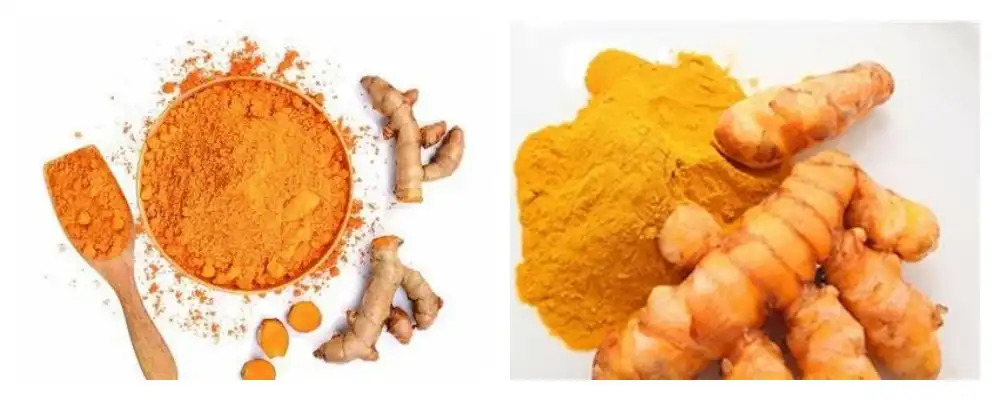
Properties
The properties of curcumin powder and cumin are as distinct as their sources, each offering unique characteristics and potential benefits.
Curcumin, the active compound in turmeric, has earned noteworthy consideration in the logical community due to its surprising properties. It is essentially known for its powerful anti-inflammatory and antioxidant effects. These properties have been the subject of various considerations, with investigations recommending a wide run of potential well-being benefits.
The anti-inflammatory properties of curcumin powder are especially noteworthy. Chronic aggravation is accepted to play a part in numerous wellbeing conditions, including heart malady, and neurodegenerative diseases. Curcumin has appeared to target different steps in the provocative pathway at the atomic level, possibly making a difference to combat aggravation all through the body.
As an antioxidant, it can neutralize free radicals and may indeed boost the body's antioxidant enzymes. This property is vital in protecting cells from harm and may play a part in anticipating different diseases.

Research has too proposed that curcumin powder may have benefits for brain health. It has appeared to increment levels of brain-derived neurotrophic calculate (BDNF), a sort of development hormone that capacities in the brain. Higher levels of BDNF have been connected to made strides in cognitive work and a lower chance of brain diseases.
Cumin, whereas moreover advantageous, has a diverse set of properties. It is wealthy in fundamental oils, which contribute to its unmistakable warm, hearty flavor and aroma. These fundamental oils, especially cumin aldehyde, are mindful of numerous of cumin's potential well-being benefits.
Nutritionally, cumin is a great source of iron, manganese, and other minerals. It too contains small sums of vitamins C, E, and A. Some thinks have recommended that cumin may have antimicrobial properties and may help in absorption by fortifying the discharge of pancreatic enzymes.
Cumin has also been considered for its potential impacts on weight administration and blood sugar control. Some investigations have demonstrated that it may offer assistance to make strides affront affectability and decrease blood sugar levels, in spite of the fact that more ponders are required to affirm these effects.
While both of them have health-promoting properties, it's clear that they offer particular benefits. Curcumin is essentially esteemed for its strong anti-inflammatory and antioxidant impacts, whereas cumin is acknowledged for its wholesome substance and potential stomach-related benefits, in expansion to its culinary employments.

Uses
Their uses reflect their unique properties and the different roles they play in cuisine and health practices.
Curcumin powder, as a compound extricated from turmeric, is basically utilized as a dietary supplement. Its potential wellbeing benefits have made it a prevalent choice for those looking for characteristic ways to back their well-being. Curcumin supplements are accessible in different shapes, counting capsules, tablets, and fluid extracts.
Many individuals take curcumin supplements to bolster joint well-being and versatility. its anti-inflammatory properties may offer assistance in diminishing joint torment and firmness related to conditions like osteoarthritis. Some ponders have appeared promising comes about in this region, in spite of the fact that more investigation is required to completely set up curcumin's adequacy for joint health.
Cumin, on the other hand, is fundamentally utilized as a flavor in cooking. Its particular flavor is a basic component of numerous cuisines around the world. In Indian cooking, cumin seeds are regularly toasted and utilized entire or ground into powder. They're a key fixing in numerous flavor mixes, counting garam masala and chili powder.
In Center Eastern and Mediterranean cuisines, cumin is utilized in an assortment of dishes, from hummus and falafel to flame-broiled meats. It's moreover prevalent in Mexican and Tex-Mex cooking, where it's utilized in chili, tacos, and other zesty dishes.
Curcumin Supplier
Rebecca Bio-Tech, a professional manufacturer based in China, is one such supplier. They have a significant production capacity, with an annual output exceeding 30,000 kilograms of curcumin powder.
Rebecca Bio-Tech's large-scale production capabilities make it a reliable source for businesses or researchers requiring bulk quantities of curcumin. Their commitment to quality and adherence to manufacturing standards ensures a consistent and high-quality product.
If you're in the market for a curcumin manufacturer, whether for research purposes, supplement production, or other commercial applications, you can reach out to Rebecca Bio-Tech at information@sxrebecca.com.They can provide more detailed information about their products, manufacturing processes, and how they can meet your specific curcumin needs.

References
1. Prasad S, Aggarwal BB. Turmeric, the Golden Spice: From Traditional Medicine to Modern Medicine. In: Benzie IFF, Wachtel-Galor S, editors. Herbal Medicine: Biomolecular and Clinical Aspects. 2nd edition. Boca Raton (FL): CRC Press/Taylor & Francis; 2011. Chapter 13.
2. Hewlings SJ, Kalman DS. Curcumin: A Review of Its Effects on Human Health. Foods. 2017;6(10):92.
3. Amalraj A, Pius A, Gopi S, Gopi S. Biological activities of curcuminoids, other biomolecules from turmeric and their derivatives - A review. J Tradit Complement Med. 2016;7(2):205-233.
4. Srinivasan K. Cumin (Cuminum cyminum) and black cumin (Nigella sativa) seeds: traditional uses, chemical constituents, and nutraceutical effects. Food Quality and Safety. 2018;2(1):1-16.
5. Mnif S, Aifa S. Cumin (Cuminum cyminum L.) from traditional uses to potential biomedical applications. Chem Biodivers. 2015;12(5):733-742.
